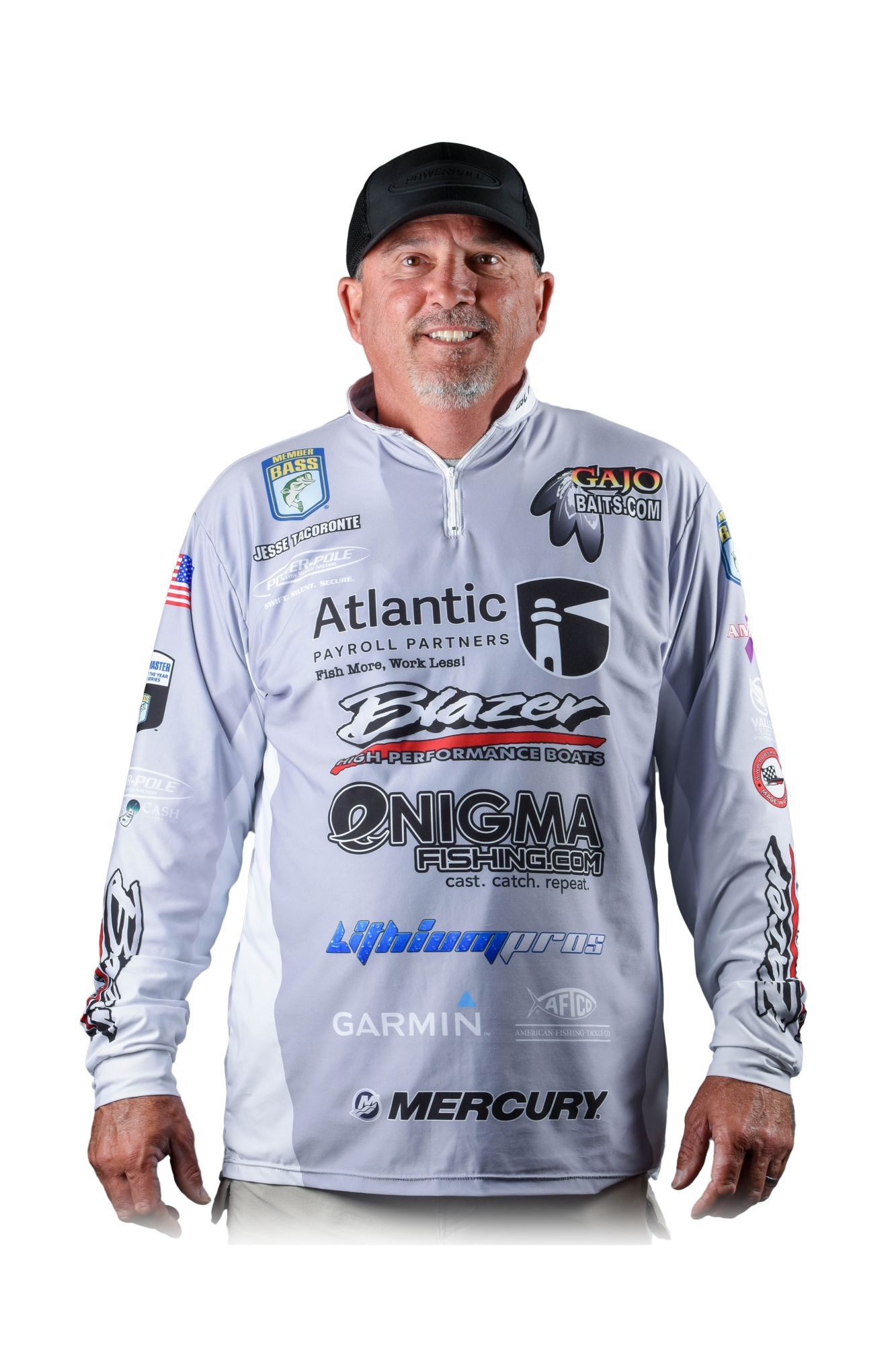
Every bass angler loves the spring spawn, when fatties move into the shallows to do their thing. It’s a time when you can put your eyes on bass, drop a lure in front of bedding fish and hold on — maybe — if that bass cooperates. They often don’t.
Sure, sight fishing is a blast, but it usually takes time to trigger a bass, and it can be a way to lose a tournament. I mean, on tournament day you’re not looking for one big bass: You’re trying to put together five big ones. So even if you catch that 10-pounder that’s wallowing around on a bed, you could be beaten if catching it takes so long you don’t have time to back that up with four more solid fish.
So instead of driving myself crazy trying to get big bedding girls angry enough to suck in my bait, I opt for a more high-percentage approach: I look for pit stops where bass hang out on their way to and from spawning flats.
The key to success is finding secondary points and deep channel swings that collect big bass staging for a charge into the shallows. If you locate those areas, you can build tournament-winning sacks of fish throughout the spring without having to fight the crowds in the shallows.
I start the work of honing in on those spring hotspots long before I launch my boat. I use my Garmin maps to visualize the spawning areas and nearby steep channel swings and points likely to fill with staging bass. Specifically, I’m looking for those steep drops closest to likely spawning flats. These areas are marked on my electronics so I can go straight to them just before the tournament.
When I hit the water for practice, I run from waypoint to waypoint and watch my Garmin SideVü to see if there are the ingredients that create the perfect pit stops. I ensure the channel swings and points drop off steeply, which provides bass quick access to deep water so they can quickly move in and out of the shallow spawning areas.
Then I look for structure on the bottom around which bass will orient. If the channel swing or point has laydowns or stumps, bass will line themselves up, and sit and wait for the right moment to move onto the spawning flat.
I then drop my trolling motor and utilize Garmin’s Panoptix LiveScope to look for bass. This system is amazing, bringing the bottom to life as I move over the area. I’m still blown away by what can be seen with today’s electronics. If the Panoptix LiveScope doesn’t register bass on a ledge, I remove that spot from my library of pit stop waypoints.
This helps really narrow down the options come tournament day so by the end of practice I’ve pared down the options significantly. That allows me to focus on pit stops most likely to produce bass, instead of going into a tournament with dozens of waypoints to run.
The great thing about this approach is that is allows you to intercept bass moving in for the spawn and those fish moving out after they spawn. It’s a double-whammy, and I’m convinced bass spawn twice each year. In Florida, the biggest bass are caught in late December and January, and then again in May. So I truly believe big bass move in early, spawn and then drop off the spawning flats to recover, eat and hang out until they move up again.
Focusing on those pit stop areas gives me two opportunities to pick off tournament-winning bass.
What are my bait choices for this work? It depends on the cover present and the water depth, but I’ll always have vibrating jigs, Texas-rigged plastics, lipless crank baits and spinnerbaits handy. It’s important to keep an open mind and have lots of options on your deck so you’re prepared for anything you encounter. The fish will tell you what they prefer.
I can just position my boat off the ledge and cast up shallow, dragging my baits off the ledges to trigger bites.
So save the bed fishing for those days when you’re just out for fun. On tournament day, up your odds by focusing on pit stops. You won’t be disappointed.





